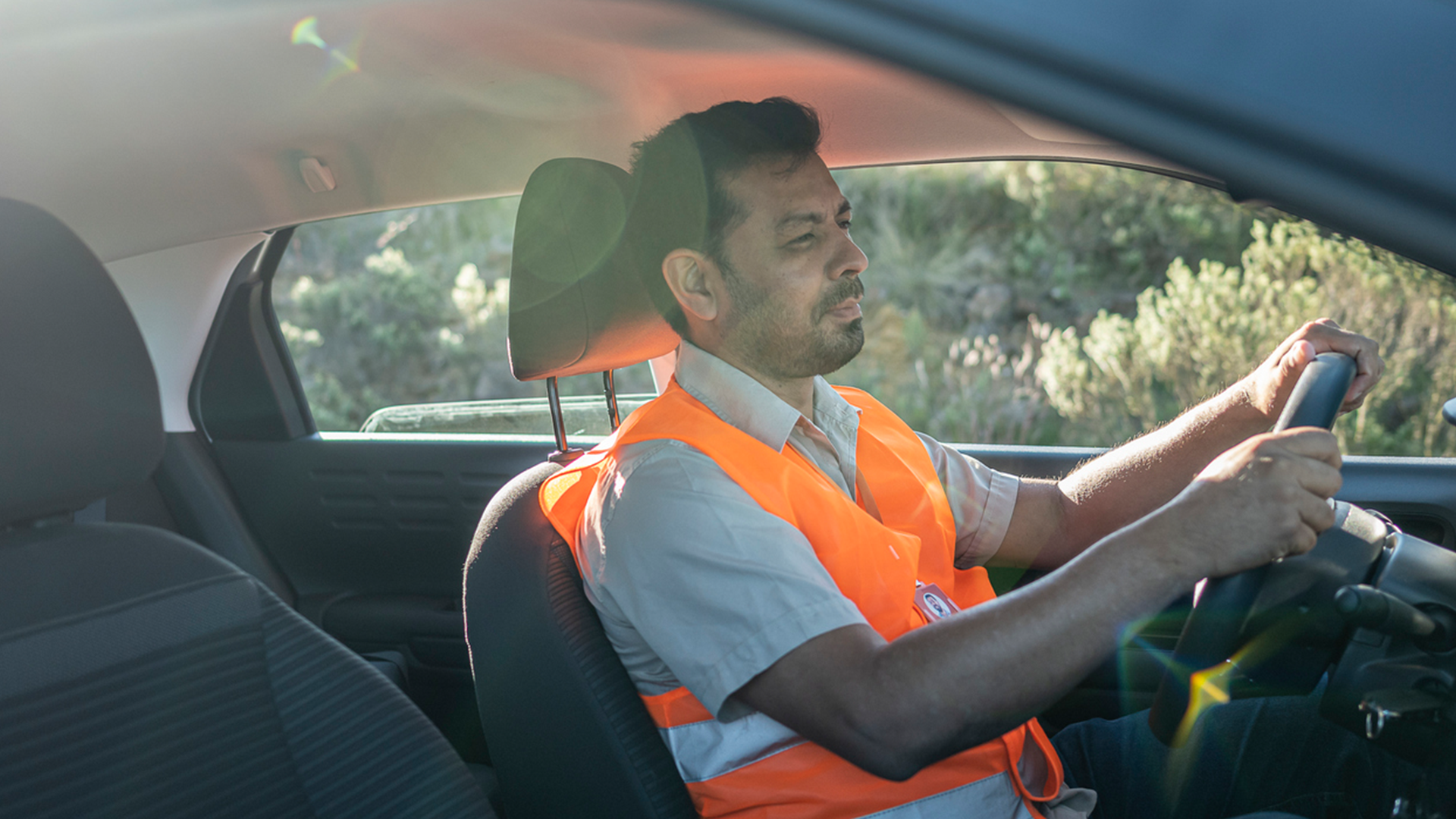How to minimize your exposure when employees use their own vehicles
Does your organization rely on employees using their own vehicles for work? If so, you may have automobile loss exposures for which you’re unaware, putting your organization’s assets at risk. Whether using employee-owned vehicles is a daily or sporadic event, your organization now has an added and potentially serious loss exposure. So, before you send your employees out on the road on company business in their own cars and trucks, be sure you’ve put the proper controls in place, to protect both your employees and your organization. Why is this so important? Consider these scenarios:
Jeff uses his truck for his job because of all the personally owned tools he needs at hand. On his way to fulfill a job, he accidentally sideswipes a car, pushing them into oncoming traffic. Because Jeff’s liability insurance isn’t enough to cover the accident, the injured parties are seeking damages from the organization for which Jeff works.
Magdalena agreed to pick up office supplies while in town on her lunch break, and accidentally rear-ended another vehicle. Afterwards, she expected her employer to pay not only for the damage to her vehicle, but also her liability to the other vehicle, its injured driver and his badly injured child. Only afterwards did her employer find out that Magdalena has three moving violations on her record – two for speeding and one for running a red light. Now the injured driver has filed a lawsuit against both.
As a general rule, your employee’s auto policy provides primary coverage in these instances; your organization’s liability coverage provides only excess coverage (depending on the policy and circumstances). Most likely, your insurance would not cover costs relating to physical damage to the employee’s vehicle.
So if the employee’s insurance covers most everything, why should you be concerned about using employee-owned vehicles? Your company may be pulled into a “vicarious liability” lawsuit, where you could be sued for negligent hiring, negligent supervision, and/or “respondeat superior,” holding you liable for your employee’s acts or omissions arising in the course of employment. Below are two steps you need to take to minimize your risk.
1. Ensure you’re covered for employee-owned vehicle mishaps
To protect your assets, you need to make sure you not only have sufficient coverage, but that you also have policies in place to reduce the risk of loss. You may want to consider adding “hired/non-owned” auto insurance coverage to your general liability insurance. This protects your organization and employees if an employee gets injured, or in the event of a collision. It can also cover car rentals for employees who travel for business.
Related: Promote safe driving with a public entity vehicle safety program
2. Establish a written policy for using employee-owned vehicles
All workers should be required to read and sign this employee policy before they’re allowed to use their car for work; one business owner said he does not reimburse for mileage until the policy is signed. Your policy should require the following for using employee-owned vehicles in their jobs:
- Employees must maintain auto liability insurance with specific minimum limits for bodily injury and for property damage, or a combined single limit.
- Employees’ vehicles must maintain current state inspections when required.
- Proof of insurance must be provided to you, the employer; any changes or cancellation must be provided within three days of the change (keep this information on file).
- Proof of valid driver’s license must be shown initially and on a periodic basis thereafter (add a copy to their file).
- Periodic MVR (motor vehicle records) on employees who use their vehicle for work should be obtained and evaluated against your written criteria. If the MVR is unacceptable, the employee is not allowed to use their vehicle for work. (This information also goes in their file.)
- Employees must understand that their personal auto coverage is the primary coverage.
- Employees must keep their vehicles in good operating condition, ensuring that, for instance, headlights, brakes and brake lights are in proper working condition.
- Employees must also agree to comply with all laws and state regulations, such as using seat belts, not using cell phones while driving, and not using alcohol or controlled substances during work hours.
- Accidents involving employee vehicles being used for work purposes must be reported immediately to the appropriate organization representative. Details of the incident should be properly recorded by the organization in the event the organization is involved in future litigation.
This article was originally published on Arrowhead’s corporate blog. It is used with permission and has been modified and updated to better fit the needs of our Preferred members.







